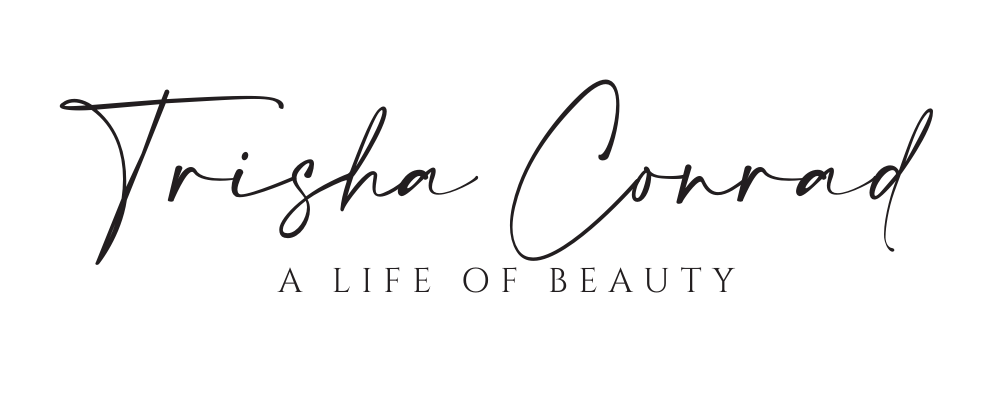Shopping Safer: A Comprehensive Guide to Safer Home and Personal Care Products
In recent years, more and more people have become aware of the harmful chemicals found in many home and personal care products. From cleaning supplies to makeup, these products can contain toxins that can have negative effects on our health and the environment. Fortunately, there are steps we can take to shop safer and reduce our exposure to harmful ingredients. In this guide, we'll provide tips for reading labels and identifying harmful ingredients, as well as highlight the benefits of using safer products.
Why Shop Safer?
There are many reasons to shop for safer home and personal care products. Here are just a few:
Reduce exposure to toxins:
Many common ingredients found in home and personal care products are known to be toxic or harmful to our health. By choosing safer products, we can reduce our exposure to these toxins and protect ourselves and our families.
Reduce skin irritation:
Many ingredients found in home and personal care products are responsible for skin irritation. By avoiding skin irritating ingredients, we can prevent skin concerns and avoid the use of treatment products.
Support ethical and sustainable practices:
Many companies that produce safer products are committed to using ethical and sustainable practices, such as sourcing ingredients responsibly and reducing waste. By choosing to support these companies, we can help create a more sustainable future.
Tips for Shopping Safer
Read labels carefully:
When shopping for home and personal care products, it's important to read labels carefully. Look for products that list their ingredients clearly and avoid products that contain ingredients you're unfamiliar with or do not list ingredients at all.
Avoid harmful ingredients:
Some of the most common harmful ingredients found in home and personal care products include fragrance, parabens, phthalates, and formaldehyde. Look for products that are free from these ingredients or that use safer alternatives.
Choose safer fragrances:
Many fragrances contain harmful ingredients that can cause allergic reactions or contribute to health concerns. Look for products that use essential oil or plant-based fragrances instead.
Look for third-party certifications:
Some products may be certified by third-party organizations, such as the Environmental Working Group or the Leaping Bunny Program. These certifications can help you identify products that meet higher standards for safety and sustainability.
Research the company:
Before purchasing a product, research the company that produces it. Look for companies that are committed to using ethical and sustainable practices, and avoid companies that have a history of using harmful ingredients or testing on animals.
The top 3 Home and Personal Care Products to Consider Replacing
There are many safer home and personal care products to consider. Here are just a few examples:
Cleaning supplies:
Look for cleaning supplies that use natural or plant-based ingredients, such as vinegar or baking soda. Brands like Seventh Generation and The Bare Home are good options.
Personal care products:
Look for personal care products that are free from harmful ingredients like parabens, phthalates, and formaldehyde. Brands like Beautycounter, Bathorium, and Everyone Brand are good options.
Laundry detergent:
Look for laundry detergents that are free from harmful ingredients like phosphates and optical brighteners. Brands like Seventh Generation and The Bare Home are good options.
Now, I completely understand that if you're just starting out on your journey, this can seem overwhelming; I know, I've been there.
My rule of thumb: One swap at a time.
When I started my safer swap journey 7 years ago, I was very new to shopping safer products. I had minimal knowledge of ingredients to avoid, why I should avoid them, and where to find safer, high performing alternatives. You can use this checklist to help you breakdown how to get started and to help you on your journey whether you're just starting out or have been making safer swaps for years.
Get my FREE guide on the exact ingredients you need to avoid, which companies you can trust, and a complete guide to swapping out your products, one at a time.
PLUS you get a free checklist you can screenshot and take with you next time you’re out shopping!

